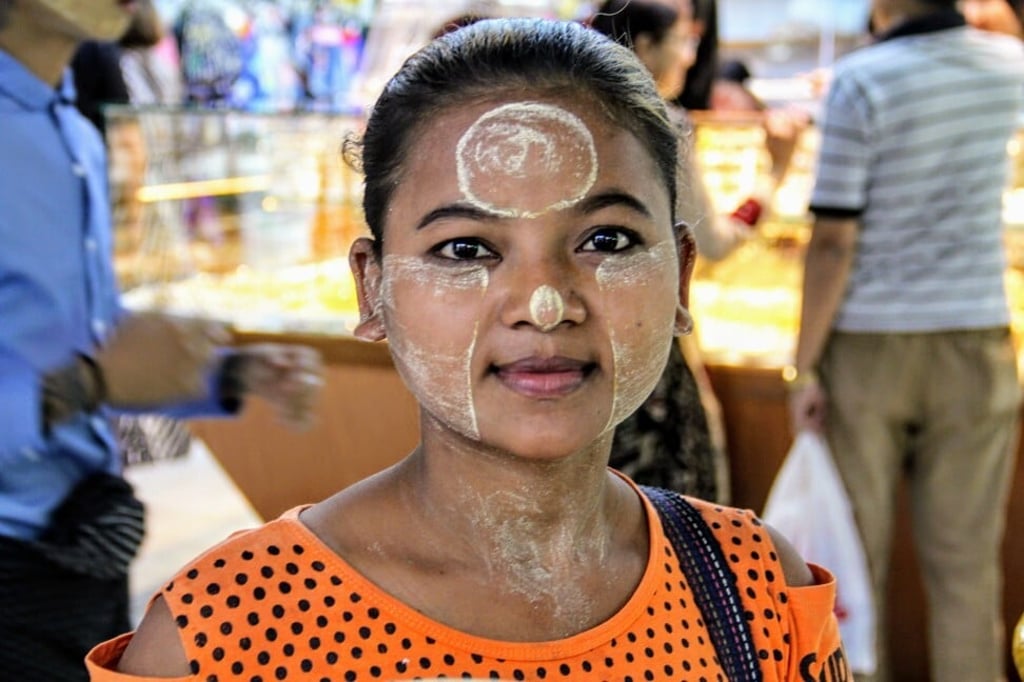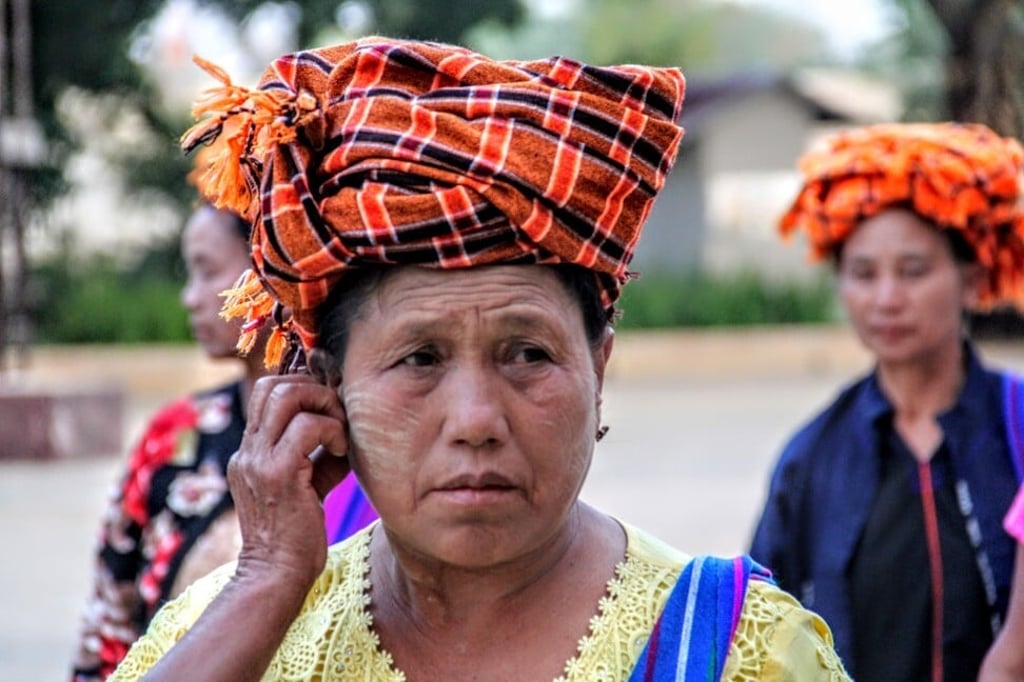A Burmese beauty secret, thanaka paste is an all-natural sunscreen made from ground tree bark
- Men, women, and children in Myanmar all use thanaka paste, and not just as a sunscreen. It reduces skin oiliness, tightens pores and improves complexions
- Long used in Myanmar, thanaka’s antibacterial, anti-fungal, anti-ageing and antioxidant properties are being brought to the wider world by Asian cosmetics firms

One of the first things you notice in Myanmar (formerly Burma) is the ubiquitous, pale yellow paste that decorates the faces of women, children, even men. It’s applied like face paint: dots on the cheeks, circles across the face, or even as fun designs like stripes or swirly leaves to add a cool factor.
Thanaka can be made from several tropical tree species that grow in parts of Southeast Asia and the Indian subcontinent – but only in Myanmar is the bark from these trees used as a cosmetic. Thanaka is said to have been used in the country for more than 2,000 years, but the first written evidence of it comes from a 14th-century poem.
While you can get thanaka from stores in various forms (pastes, creams and powders), most people in Myanmar prefer getting it the old-fashioned way, by using the actual wood from a tree and grinding it on a stone slab called the kyauk pyin, and making a paste with some water. When it’s wet, it’s almost translucent and when it dries, it becomes a yellow crust.

